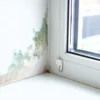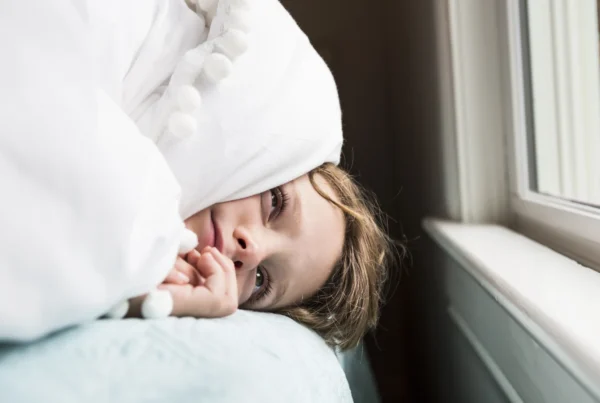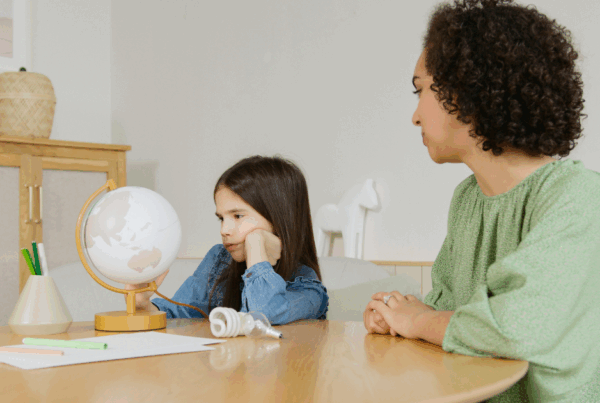Watching your child struggle with OCD — obsessive compulsive disorder — is frustrating and heartbreaking. Childhood should be happy and carefree. But with OCD, the childhood experience can take a dark turn.
Today we’re going to cover the basics of OCD, clear up some misconceptions, and discuss how to determine whether your child’s OCD is “traditional” or induced by PANS/PANDAS.
What is PANS/PANDAS?
PANS (Pediatric Acute-onset Neuropsychiatric Syndrome) and PANDAS (Pediatric Autoimmune Neuropsychiatric Disorders Associated with Streptococcal Infections) are complex conditions characterized by the sudden onset of neuropsychiatric symptoms.
Both include obsessive-compulsive disorder (OCD) or eating restrictions, accompanied by additional symptoms including anxiety, sensory sensitivities, motor abnormalities, and more. Both PANS and PANDAS are caused by an abnormal immune response to a pathogen.
PANDAS is a subset of PANS characterized by the abrupt onset of OCD. While PANS isn’t linked to a specific pathogen, PANDAS is triggered by the immune response to a Group A streptococcal (GAS) infection, such as strep throat.
If you’d like to take a deeper dive into PANS/PANDAS, I have several articles available. You can start with What is PANS/PANDAS?.
What is OCD?
Obsessive-compulsive disorder (OCD) is a chronic mental health condition characterized by the presence of obsessions (repetitive and unwanted thoughts), compulsions (specific behaviors triggered by obsession), or both. The compulsions are often driven by the need to reduce anxiety or prevent the feared outcome associated with the obsessive thought.
This can look like repetitive behaviors, counting, meticulously arranging items, or engaging in mental acts like silently repeating words or phrases.
How do I know if my child has OCD?
Identifying OCD in your child involves recognizing recurrent and intense obsessions and/or compulsions that significantly disrupt their daily life. Obsessions can cause substantial anxiety or distress even though they are often unrealistic, irrational, or unrelated to everyday concerns.
Compulsions are often accompanied by the belief that they must be done to prevent harm or alleviate distress. The hallmark of OCD is obsessions and/or compulsions that lead to marked anxiety, distress, or interfere with your child’s normal routine, academic performance, social activities, or relationships.
How can I tell if my child’s OCD is caused by PANS/PANDAS, or if it’s traditional OCD?
Both types of OCD can involve similar symptoms of obsessive thoughts and compulsive behaviors. However, there are some key differences and factors to consider when trying to determine which one may be affecting your child:
👉 Onset of OCD Symptoms:
Symptoms of traditional childhood OCD typically develop gradually over time, building in severity.
PANS/PANDAS OCD is characterized by an acute onset of symptoms, meaning they appear suddenly and dramatically.
👉 Course of OCD:
Traditional childhood OCD often follows a pattern of waxing and waning, with modest fluctuations in symptom severity over time.
PANS/PANDAS OCD tends to have a relapsing-remitting course. This means there are dramatic, abrupt exacerbations of OCD symptoms, followed by periods of relative improvement.
👉 Additional Symptoms:
Traditional childhood OCD often includes generalized anxiety and depression. The primary focus is on obsessive thoughts and related compulsions.
PANS/PANDAS OCD is typically accompanied by a broader range of symptoms, such as restrictive eating, motor abnormalities, sensory sensitivities, depression, urinary symptoms, and more.
In both cases, there is typically a neuroinflammatory component at work. OCD is an expression of brain inflammation, and when you reduce the inflammation, the symptoms subside.
What do I do if I think my child might have OCD or PANS/PANDAS?
Facing a potential OCD or PANS/PANDAS diagnosis is daunting.
First, let me assure you that it’s not your fault. OCD (whether traditional or PANS/PANDAS-related) is a medical condition, not a result of parenting style. And just as you would with the flu or a broken arm, it’s important to get your child the help they need.
In our next article, we’ll dig into practical steps you can take — therapies, supplements, and more — that can help reduce your child’s brain inflammation thereby improving your child’s OCD.
Ready to Take Immediate Action?
If you want to dive in and take some immediate action to help your child, I have a program just for you! Founded in the principals of homotoxicology and based on my 20 years’ experience helping hundreds of families, the Foundations in Healing Jumpstart is an 8-week mentorship program for parents of children with inflammatory brain conditions like PANS/PANDAS, autism, ADHD, anxiety disorders, and Lyme.
As the first step in my Neuroinflammation Solution Program, the Foundations in Healing 8-Week Mentorship offers proprietary protocols and proven strategies to help you reverse your child’s symptoms and restore them to vibrant health.
I can’t wait to partner with you!
Additional Resources:
- https://www.pandasppn.org/pandas-pans-vs-traditional-ocd/
- https://www.healthline.com/health/ocd/social-signs
- https://childmind.org/guide/quick-guide-to-pandas-and-pans-acute-onset-ocd/
- https://www.aacap.org/AACAP/Families_and_Youth/Facts_for_Families/FFF-Guide/Obsessive-Compulsive-Disorder-In-Children-And-Adolescents-060.aspx







